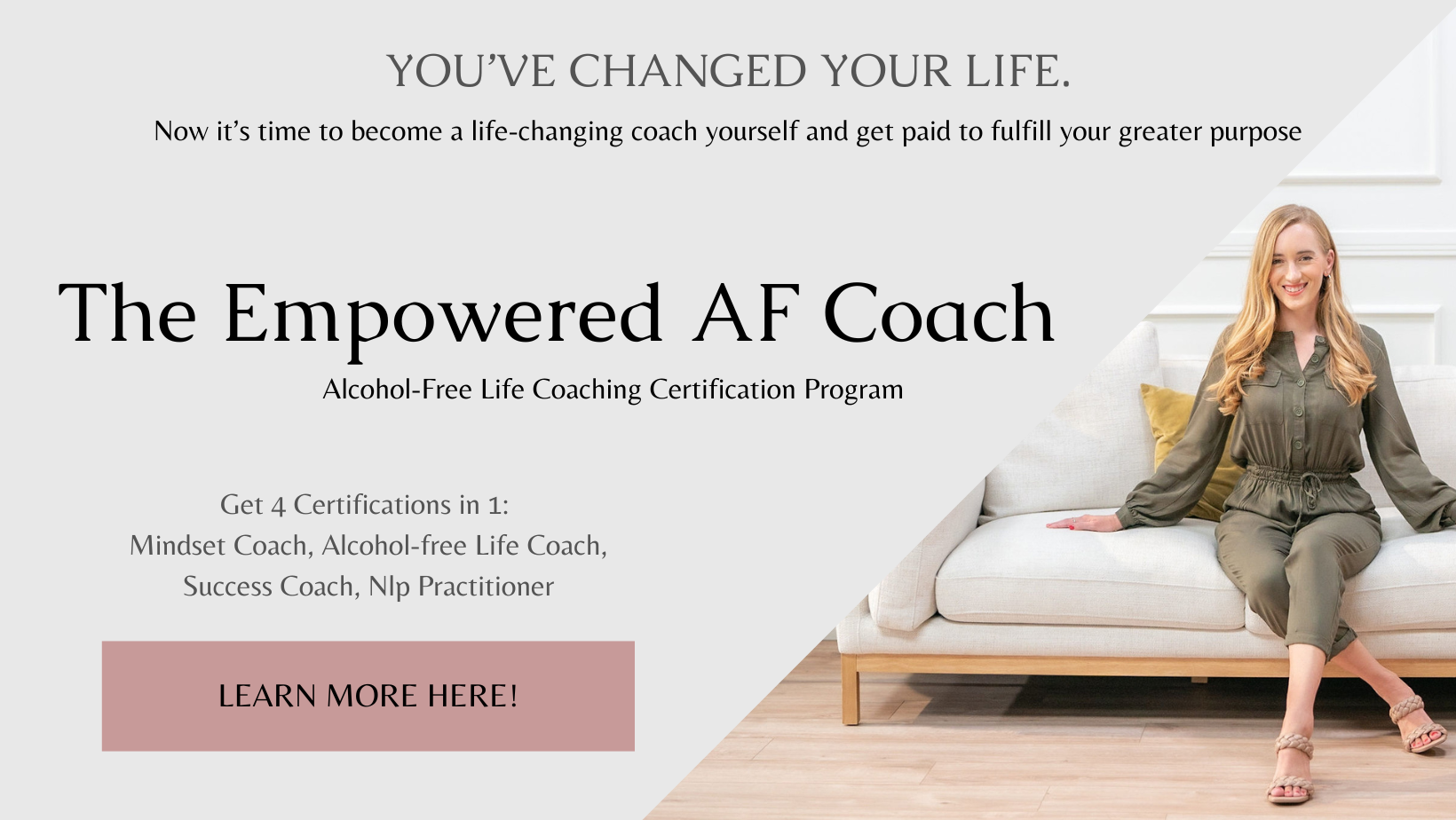How I Lowered My Cholesterol by 50 Points
By Karolina Rzadkowolska
I was 24 the first time I had my cholesterol checked. I grew up dancing ballet and was skinny as a bean and fit, but by my mid-twenties, I was probably carrying twenty-five extra pounds on me. I had become a drinker, after all.
We had a free health screening at work, and I thought I would ace it. I mean, I was relatively healthy. I wasn’t obese. I stopped eating pizza rolls in college. I cooked my own food and still danced occasionally. Plus, my numbers would be compared to people in their 40s and 50s—there’s no way I would be above the average, right?
My cholesterol test came back at 240. 240! Not just borderline high, but high! You guys, I wasn’t a 65-year-old with a waist that lops over his shorts. I was 24 and had danced ballet for a whole decade. I didn’t grow up easting fast food. Sure, I had gained some weight and drank a lot, but 240! (If you are reading this from the UK, anything above 200 is a risk factor).
How was this possible?
Since that first test, my eyes were open. I wanted to lose the weight and get my number down. I decided to stop eating meat so often and saved it for special occasions. I trained for my first 5k. I lost maybe ten pounds. I went in for another test a few years later, this time at a proper hospital lab, hoping my hard work would pay off.
The lab test came back at 220. An improvement, sure, but still way too high for my age. A few years after that, 218.
By that time, I had been mostly vegetarian for at least five years. I ate vegetables. I did high intensity workouts. I lost a cumulative of twenty pounds. I even read books on how to lower your cholesterol. What the hell?
Part of me resigned. Maybe I just had high cholesterol genetically, and there was nothing I could do to lower my number. It sucked. This, coupled with higher blood pressure, made me understand I would just be at a higher risk for heart disease over time. Like a fact of life.
But then, something crazy happened. Two years after my last test, at the age of 32, my cholesterol came back at 167. 167! That’s a 51 point drop from the last test and 33 points below the risk threshold. Doctors say that atherosclerosis is basically impossible when someone’s cholesterol is down to 150, and I was finally on the way there!
How did I do it? After years of trying all kinds of things to lower it?
Ditched alcohol
I stopped drinking alcohol. Just so we’re on the same page, if you’re thinking “oh I’m not that bad,” neither was I. I was a weekend and social drinker.
And yet when I did go alcohol-free, my life improved in innumerable ways. It lay down the foundation to live each day as my best self, instead of “skipping” the days when I wasn’t feeling too hot. It gave healthy living an ease that was almost effortless and let me build a consistency that wasn’t halted every weekend.
Maybe you’ve heard that alcohol is supposed to raise your good cholesterol. I heard that too. Alcohol does raise the levels of HDL cholesterol. Although there’s different kinds of HDL and alcohol actually raises the kind that doesn’t really have protective benefits. So, there’s a myth down.
While alcohol itself doesn’t contain any cholesterol, it does increase inflammation. And new studies on abstinence are started to show that taking a break can lower total cholesterol.
In fact, a research study on dry January concluded that after just five weeks of abstaining from alcohol, participants lost an average of 20 points from their blood cholesterol. Twenty points!
The Lancet study also proved that there is no safe amount of alcohol to drink, or any protective heart benefit to drinking, and that it only caused higher risks of cardiovascular disease over time.
(Related post: The Health Benefits of Not Drinking)
So step one, take a break from alcohol. That’s twenty points right there. Because I stopped drinking, I was also able to become consistent with my nutrition. Here are some other principles that I believe lowered my total number.
Eat Nine fruits and veggies
That number used to sound exorbitant to me. You mean like spend the whole day eating a garden? In reality, it’s actually not that hard. Here’s how I do it and make it a painless part of my day:
I eat two fruits for breakfast in my oatmeal, blueberries and bananas. I also eat an apple and a tangerine as a snack later in the afternoon. That’s 4 right there, or 3.5 if the tangerine is small. I also have fruit for dessert after dinner. I love it. I used to think fruit for dessert was lame, but today, I crave all that juicy sweet fruit after a meal, especially pears, oranges, or watermelon.
For vegetables, before dinner I’ll snack on baby carrots and baby tomatoes. For dinner I’ll have steamed spinach, and one or two veggies with the dinner entrée. Brownie points if one of those is a cruciferous vegetable like broccoli or kale.
See painless. When you’re hungry for a snack, reach for a fruit or veggie. I know that sounds ridiculous when you are really craving chips, but make a bargain with yourself: eat the fruit or vegetable first and then let yourself have chips. Soon enough you might even become more satisfied with the produce only.
Make healthy food adds with the daily dozen
In addition to the nine servings of fruits and vegetables a day, I adhere to the “daily dozen.” This is a list of foods that Nutrition.org, the largest independent research body on nutrition, has devised to eat in the healthiest way possible. Download the app and have fun ticking off the boxes. What I love about it is it’s so much more about what you add into your diet versus what you take away. The daily dozen recommends you eat:
3 servings of beans, 1 serving of berries, 3 servings of other fruits, 1 serving of cruciferous vegetable, 2 servings of greens, 2 servings of other vegetables, 1 serving of flax, 1 serving of nuts, 1 serving of spices (like cinnamon and turmeric), 3 servings of whole grains, beverages like green tea and water, and exercise.
Eleven food groups to strive for and exercise. Granted, I rarely score a perfect number, but I do try every day. It’s actually really fun. Here’s how I do it on a good day.
Breakfast – oatmeal (whole grain 1), soy milk (beans 1), blueberries (berries check), banana (other fruit 1), cinnamon and turmeric (spices check), flax meal (flax check), pepitas (nuts check).
Lunch or Snack – apple (fruit 2), tangerine (fruit 3), baby carrots (other veg 1), baby tomatoes (other veg 2), tortilla chips (whole grain 2).
Dinner – steamed spinach (greens 1 and 2), broccoli (cruciferous vegetable check), bulgur (whole grain 3), lentil curry (beans 2),
Dessert – half a pear and orange (fruit 4)
It sounds super complicated, but I’ve made it habitual. Breakfast and snacks are the same every single day. Sometimes dinner will be a curveball, like going out for sushi or pizza, but I’m still mindful to see what I can order to get me some more boxes checked. It’s almost a game.
I want to point out that I do still occasionally eat meat and dairy, especially dairy, but I don’t consider those healthy foods and try not to make it an everyday thing.
All in all, it comes back down to ditching alcohol
Switching to the daily dozen way of eating if you’re on a steady diet of fast food will be hard. But I’m guessing you already eat fairly healthy and have already cut back on the obvious culprits. The list helps me focus on what eating “fairly healthy” actually is, but I wouldn’t have the motivation or persistence if I hadn’t stopped drinking.
It’s like the tide that raises all ships. Trying everything at once will probably be disastrous. When you focus on taking a break from alcohol the other areas will naturally improve.
I mean, if five weeks of not drinking can lower your cholesterol by 20 points, that’s probably 20 points that can get yourself down out of the risk or high-risk category. What is there to lose??
This matters so much to me. One out of every two people in America die from heart disease. Millions of people are on medication. Two of the major factors that contribute to heart disease over time, high blood pressure and high cholesterol, can both be drastically lowered by taking a break from alcohol.
If you know anyone who could benefit from this information, please do share!
If you’d like some help to stop drinking and create the alcohol-life of your dreams, click here for details on my online course.
I’m Karolina Rzadkowolska
I’m a certified alcohol-free life coach and bestselling author who specializes in helping highly intuitive women make alcohol insignificant and harness their true potential.
My book, Euphoric: Ditch Alcohol and Gain a Happier, More Confident You helps regular drinkers let go of limiting stories around alcohol and step into their truer purpose.
Learn more about my coaching programs and online courses to take the next step. I’m so happy you’re here.













